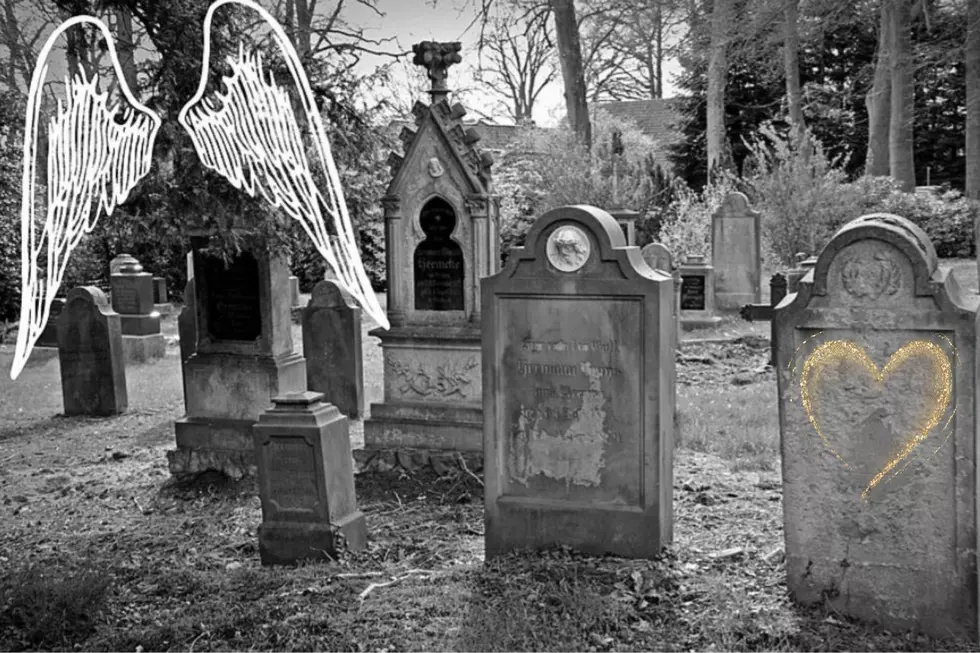
Here are Some Tips to Staying Safe in The Texas Heat
Did it seem like it was rainy and mid 80's one day then sunny and 100 the next? Welcome to Summer in Central Texas!
The heat is back, and I for one love it. I spent 33 years in Colorado, and although it does get warm there, it also gets pretty cold. Winter in Colorado can seem to last 6-8 months, and when I moved to Central Texas in the Summer of 2017, I was more than excited to start enjoying a longer warming period with no snow. (Except for that freak nature incident we had in February.)
Shorts and sandals weather is exactly what I'm looking for, and right now I'm getting plenty of it. But all this heat can be dangerous. Let's look at some things to keep in mind when going outside for any length of time.
According to an article from UT Physicians, here are some tips on staying safe in the Central Texas heat.
- Avoid the hottest parts of the day. Seems pretty reasonable right? The heat is at its hottest between 12 noon and 4:30pm, so getting things done early in the day or in the evening hours are best.
- Wear proper clothing and don't forget the sunscreen. Thomas J. Murphy, MD, assistant dean for health policy at McGovern Medical School at UTHealth and chief medical officer for community-based clinics at UT Physicians says, “Wear light-colored clothing that is loose fitting and lightweight to help keep you cool, when using sunscreen, apply it generously and often to protect your skin from the harmful effects of the sun.”
- Drink plenty of water. You've heard this your whole life I'm sure but it is important to stay hydrated in the heat. Caffeine and alcohol can dehydrate you pretty quickly so water is the best way to stay hydrated.
- Keep a close eye on those who are at a higher risk. Children and older folks are at greater risk when it comes to the extreme heat. Also those with chronic health issues or mental conditions may need extra care due to medications they may be taking.
Warning signs to keep an eye out for during the heat include:
- Heat Cramps. These are muscle cramps or spasms that can occur usually in the calves, thighs, abdomen or shoulders.
- Heat exhaustion occurs when the body loses excessive body fluids and salt and is unable to perform its normal functions. Heavy sweating, dizziness, weakness, headache, and cold, clammy skin are symptoms to look out for.
- Heat stroke can happen when the body temperature reaches 103 degrees F or higher. Heat stroke can result in death, so look for the signs which include headache, nausea, confusion, loss of consciousness, and hot, red, dry or damp skin.
Murphy says, “If you suspect someone may be experiencing any of those symptoms, it’s very important to get medical help right away, it could mean the difference in someone surviving the heat or not.”
The Central Texas heat can make it challenging to enjoy the summer, but just keep in mind the tips listed above and plan accordingly.
KEEP READING: Here are 6 foods from your cookout that could harm your dog
Ten Weird World Records Set in Texas
LOOK: Here Are 30 Foods That Are Poisonous to Dogs
More From Mix 93.1









